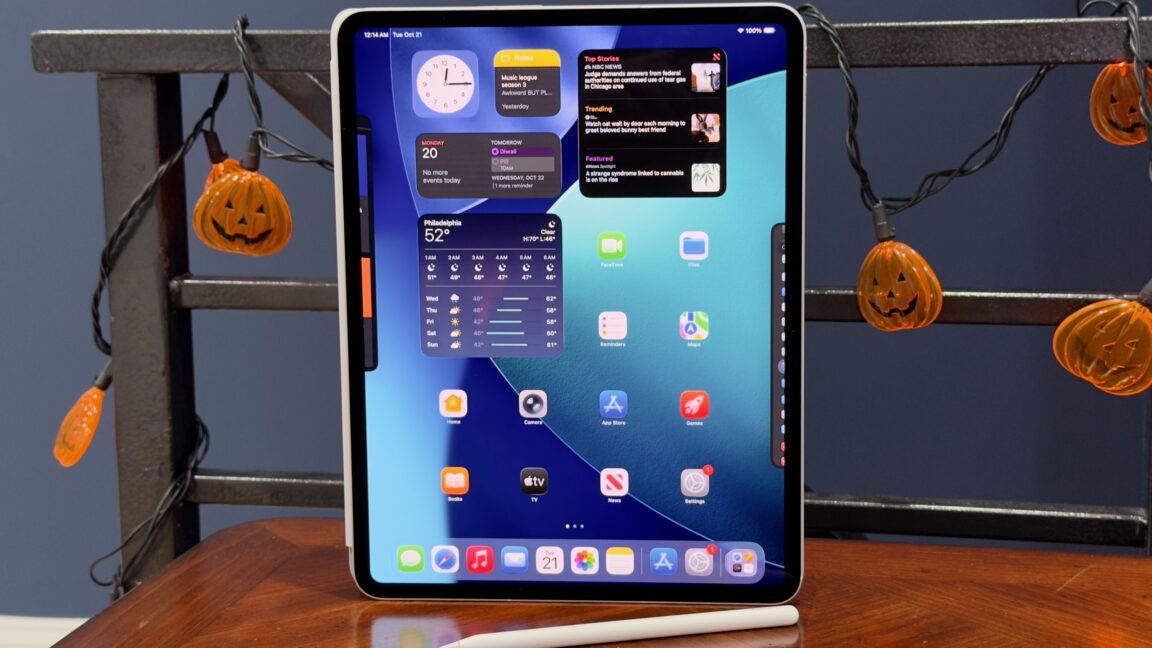
"This year's iPad Pro is what you might call a "chip refresh" or an "internal refresh." These refreshes are what Apple generally does for its products for one or two or more years after making a larger external design change. Leaving the physical design alone preserves compatibility with the accessory ecosystem. And then there's the iPad Pro. Especially since Apple shifted to using the same M-series chips that it uses in Macs,"
"For the Mac, chip refreshes are still pretty exciting to me, because many people who use a Mac will, very occasionally, assign it some kind of task where they need it to work as hard and fast as it can, for an extended period of time. You could be a developer compiling a large and complex app, or you could be a podcaster or streamer editing or exporting an audio or video file, or maybe you're just playing a game."
"To wit, our review of the M4 iPad Pro from May 2024: Still, it remains unclear why most people would spend one, two, or even three thousand dollars on a tablet that, despite its amazing hardware, does less than a comparably priced laptop-or at least does it a little more awkwardly, even if it's impressively quick and has a gorgeous screen."
The latest iPad Pro is an internal "chip refresh" that keeps the same external design to preserve accessory compatibility. Mac chip refreshes matter because users sometimes run sustained, intensive tasks—compiling large apps, editing or exporting audio/video, or gaming—where extra performance yields clear benefits. The iPad Pro now uses M-series chips comparable to Macs, producing hardware reviewers call far faster than typical tablet needs. iPadOS 26 introduces improved windowed multitasking, file transfers, and background task handling, which begin to leverage greater processing power but leave uncertainty about broad consumer need for Mac-level performance in a tablet.
Read at Ars Technica
Unable to calculate read time
Collection
[
|
...
]